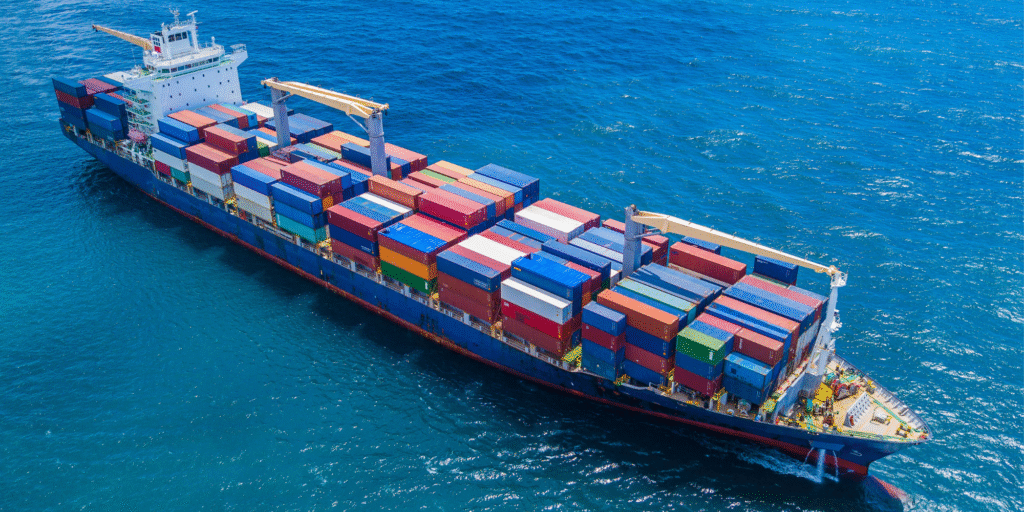The satellite IoT market is on a steep upward climb—expanding from US $1.1 billion in 2022 to nearly $3 billion by 2027, reflecting an impressive CAGR of 22% according to marketsandmarkets.com. Whether a business is managing infrastructure in isolated areas or coordinating mobile assets across continents, satellite IoT fills critical coverage gaps that terrestrial networks leave behind. Adoption of satellite IoT is often seen in businesses that operate in remote or hard-to-reach locations such as energy operators, agritech firms, defense agencies and shipping fleets. These sectors are rapidly discovering that satellite IoT is indispensable.
Furthermore, organisations that rely on real-time decision-making—such as logistics providers, utility companies, and precision agriculture firms—can now gain consistent visibility and actionable data that drive efficiency, reduce costs, and mitigate risks. Importantly, small and medium-sized enterprises no longer face steep entry barriers. With decreasing satellite launch costs, modular service models, and simplified device architectures, it’s now possible to start small and scale quickly. As hybrid network environments evolve, the integration of satellite IoT with terrestrial cellular or LPWAN networks enables seamless connectivity that ensures data delivery no matter where the mission takes you.

Is Satellite IoT Right for Your Business?
To start thinking about whether satellite IoT is right for your business, do some simple analysis, map out a pilot use case, and select vendors that have already had success. Specifically:
- Map your coverage gaps—where are your assets offline?
- Pick your network type:
- Direct-to-satellite for lightweight, dispersed assets
- Satellite backhaul to bridge remote terrestrial IoT systems
- Pilot small-scale, high-impact use cases—like asset tracking or environmental sensing.
- Simulate ROI by quantifying gains: reduced downtime, prevented losses, optimised resource use.
- Choose reputable vendors & frequency bands—L-band is ideal for low-data, high-reach applications, LoRaWAN(R) is the best for low-power long lasting solutions and can integrate with the world’s already widely deployed terrestrial LoRaWAN networks.
The Bottom Line
For businesses that depend on visibility, continuity, and control—satellite IoT isn’t futuristic—it’s already a powerful toolkit. Whether securing vast infrastructure, optimising supply chains across oceans and borders, or enhancing sustainability through environmental and agricultural monitoring—Satellite IoT translates data into tangible, actionable insight.
With rapidly growing projections of satellite IoT adoption, this is the moment to explore how integrating satellite IoT into your digital transformation roadmap can accelerate innovation, resilience, and impact.
In Summary
Satellite IoT is no longer niche—it’s a business multiplier. If your operations span inaccessible locations, demand agility, and rely on continuous, secure sensing—satellite IoT opens the door to smarter, faster, more resilient operations. At SatelliteIoT.space, we’re here to guide you through choosing, deploying, and scaling solutions that turn satellite data into strategic advantage.